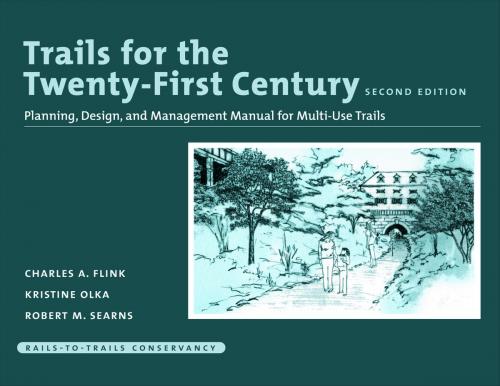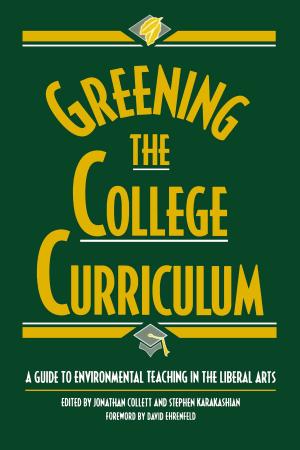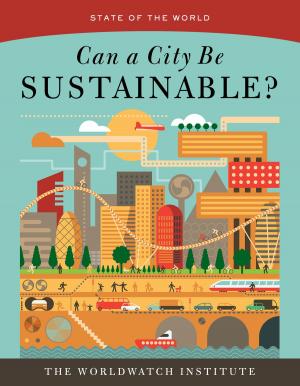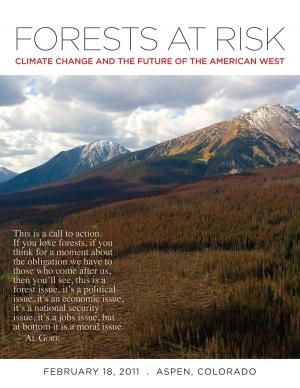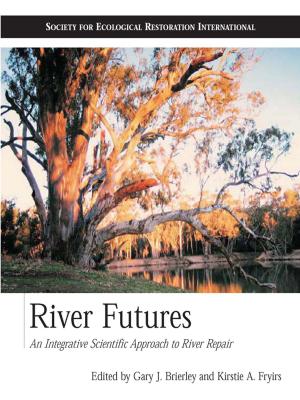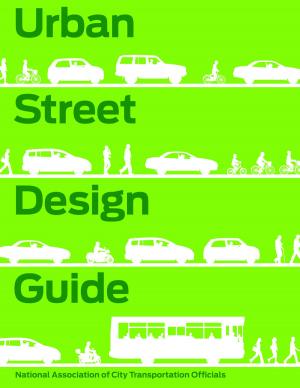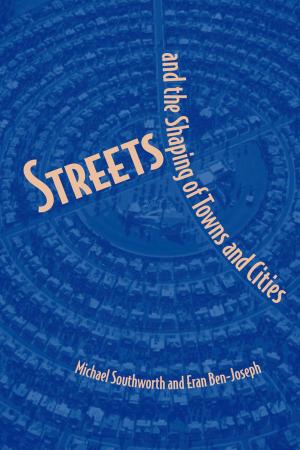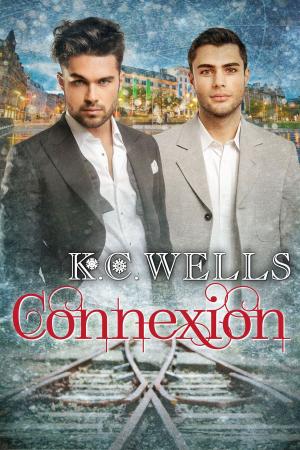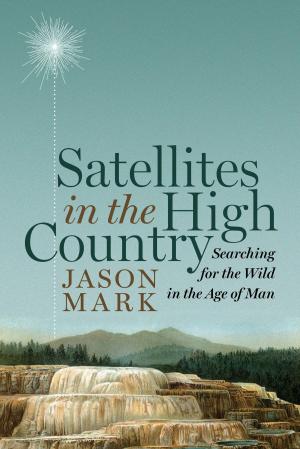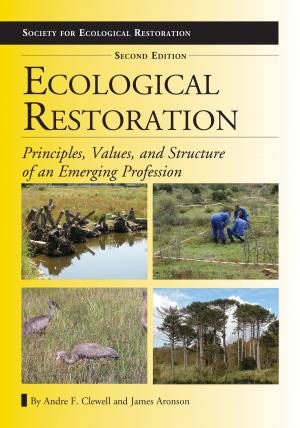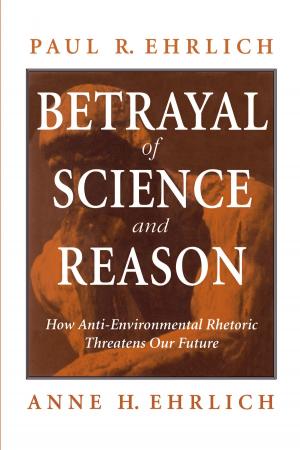Trails for the Twenty-First Century
Planning, Design, and ManagemManual for Multi-Use Trails
Nonfiction, Art & Architecture, Architecture, Landscape, Business & Finance, Industries & Professions, Industries| Author: | Charles Flink, Kristine Olka, Robert Searns, Robert Rails to Trails Conservancy | ISBN: | 9781597263467 |
| Publisher: | Island Press | Publication: | March 6, 2013 |
| Imprint: | Island Press | Language: | English |
| Author: | Charles Flink, Kristine Olka, Robert Searns, Robert Rails to Trails Conservancy |
| ISBN: | 9781597263467 |
| Publisher: | Island Press |
| Publication: | March 6, 2013 |
| Imprint: | Island Press |
| Language: | English |
Communities across the country are working to convert unused railway and canal corridors into trails for pedestrians, cyclists, horseback riders, and others, serving the needs of both recreationists and commuters alike. These multi-use trails can play a key role in improving livability, as they offer an innovative means of addressing sprawl, revitalizing urban areas, and reusing degraded lands.
Trails for the Twenty-First Century is a step-by-step guide to all aspects of the planning, design, and managemof multi-use trails. Originally published in 1993, this completely revised and updated edition offers a wealth of new information including.
•discussions of recregulations and federal programs, including ADA and TEA-21
•recently revised design standards from AASHTO
•currresearch on topics ranging from trail surfacing to conflict resolution
•information about designing and building trails in brownfields and other
•environmentally troubled landscapes
Also included is a new introduction that describes the importance of rail-trails to the sustainable communities movement, and an expanded discussion of maintenance costs. Enhanced with a wealth of illustrations, Trails for the Twenty-First Century provides detailed guidance on topics such as: taking a physical inventory and assessmof a site; involving the public and meeting the needs of adjaclandowners; understanding and complying with existing legislation; designing, managing, and promoting a trail; and where to go for more information. It is the only comprehensive guidebook available for planners, landscape architects, local officials, and community activists interested in creating a multi-use trail.
Communities across the country are working to convert unused railway and canal corridors into trails for pedestrians, cyclists, horseback riders, and others, serving the needs of both recreationists and commuters alike. These multi-use trails can play a key role in improving livability, as they offer an innovative means of addressing sprawl, revitalizing urban areas, and reusing degraded lands.
Trails for the Twenty-First Century is a step-by-step guide to all aspects of the planning, design, and managemof multi-use trails. Originally published in 1993, this completely revised and updated edition offers a wealth of new information including.
•discussions of recregulations and federal programs, including ADA and TEA-21
•recently revised design standards from AASHTO
•currresearch on topics ranging from trail surfacing to conflict resolution
•information about designing and building trails in brownfields and other
•environmentally troubled landscapes
Also included is a new introduction that describes the importance of rail-trails to the sustainable communities movement, and an expanded discussion of maintenance costs. Enhanced with a wealth of illustrations, Trails for the Twenty-First Century provides detailed guidance on topics such as: taking a physical inventory and assessmof a site; involving the public and meeting the needs of adjaclandowners; understanding and complying with existing legislation; designing, managing, and promoting a trail; and where to go for more information. It is the only comprehensive guidebook available for planners, landscape architects, local officials, and community activists interested in creating a multi-use trail.
